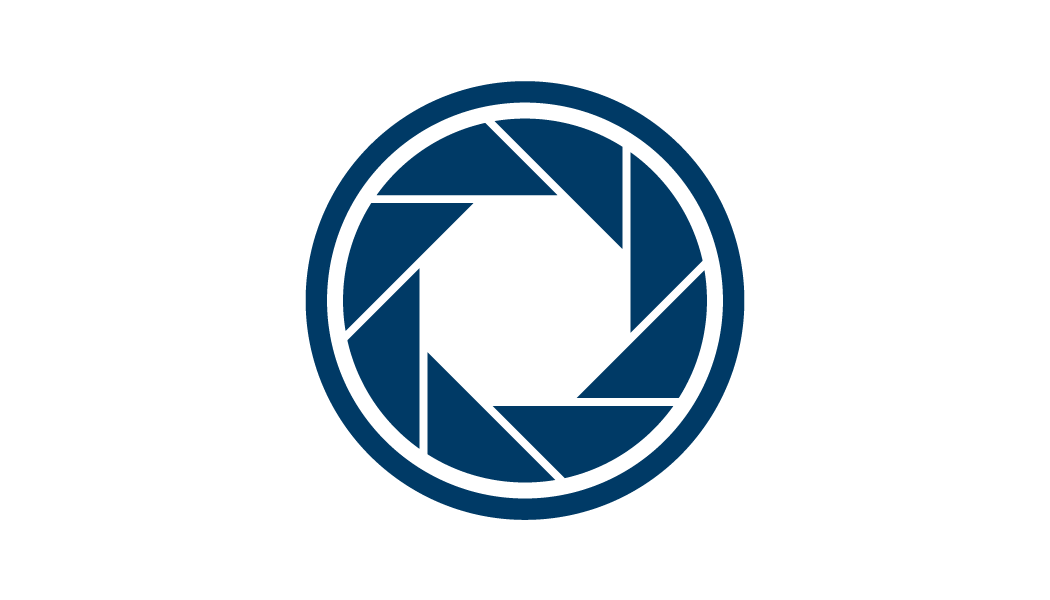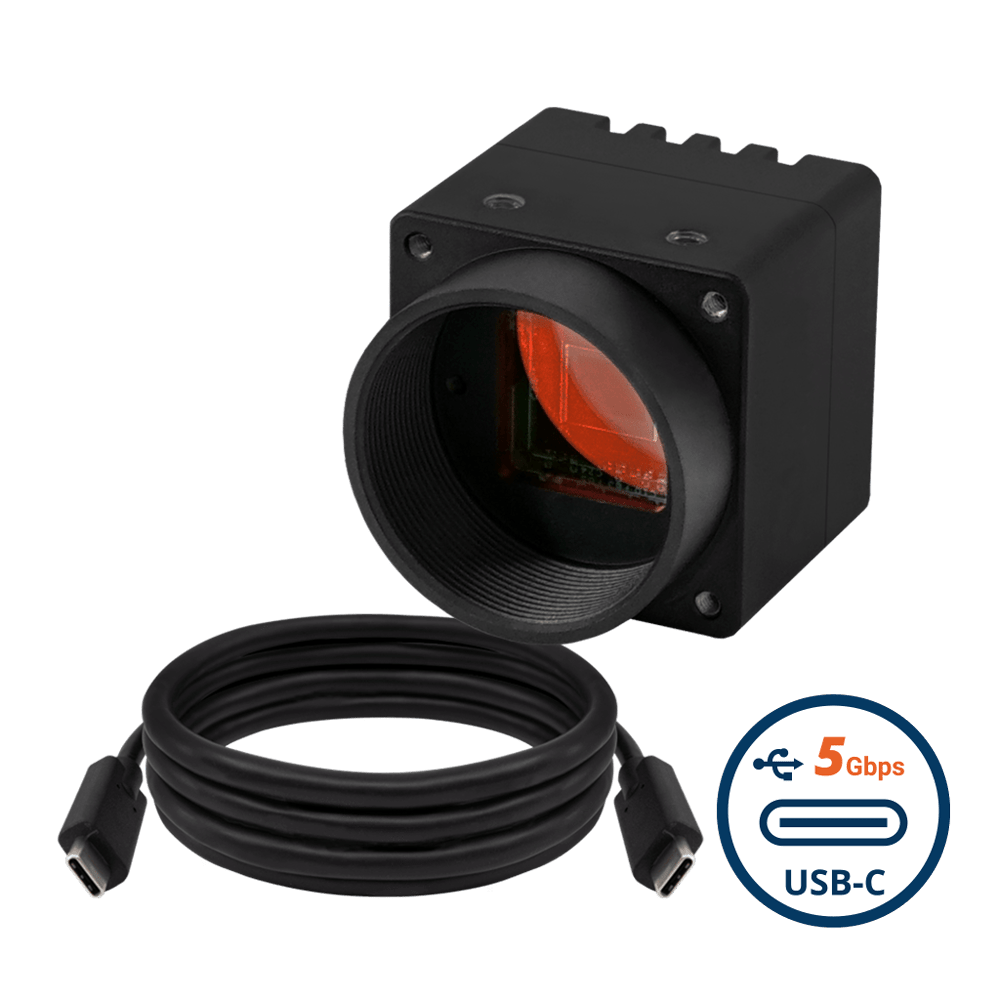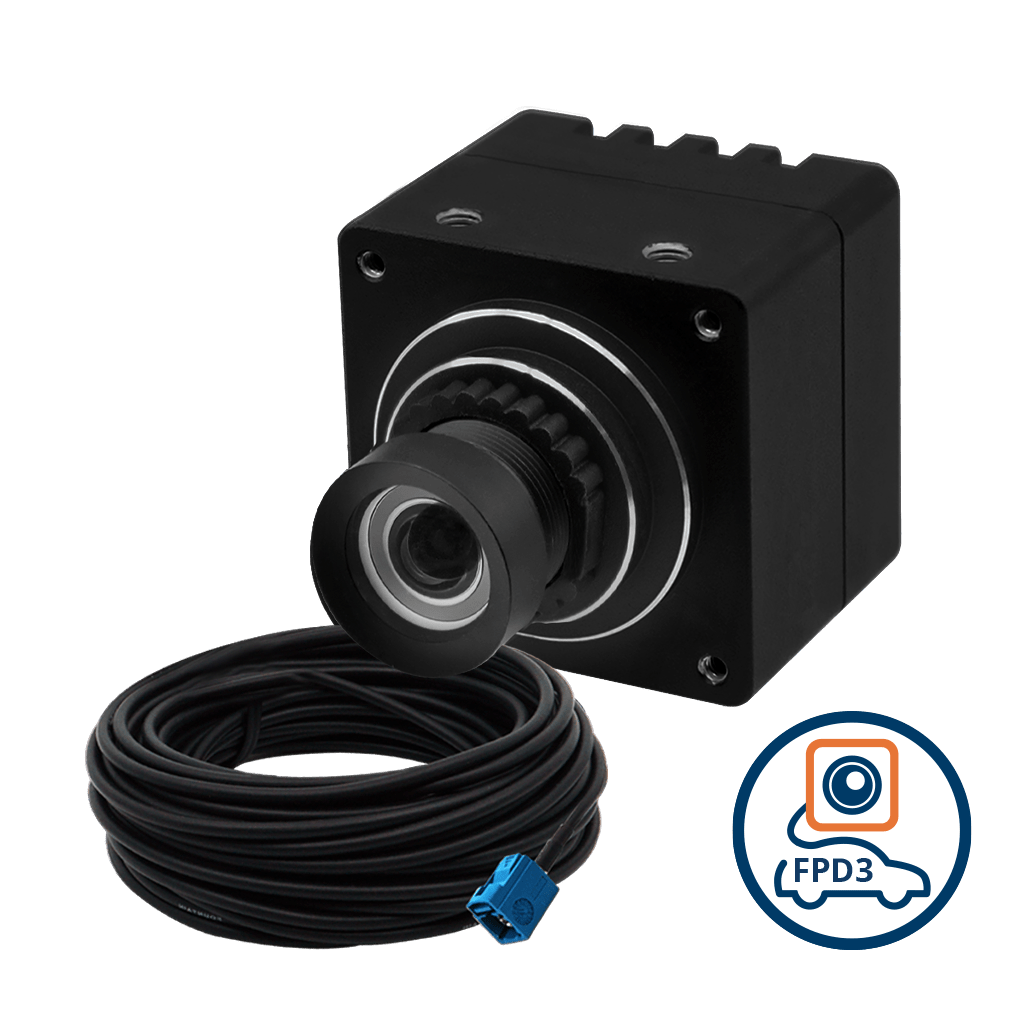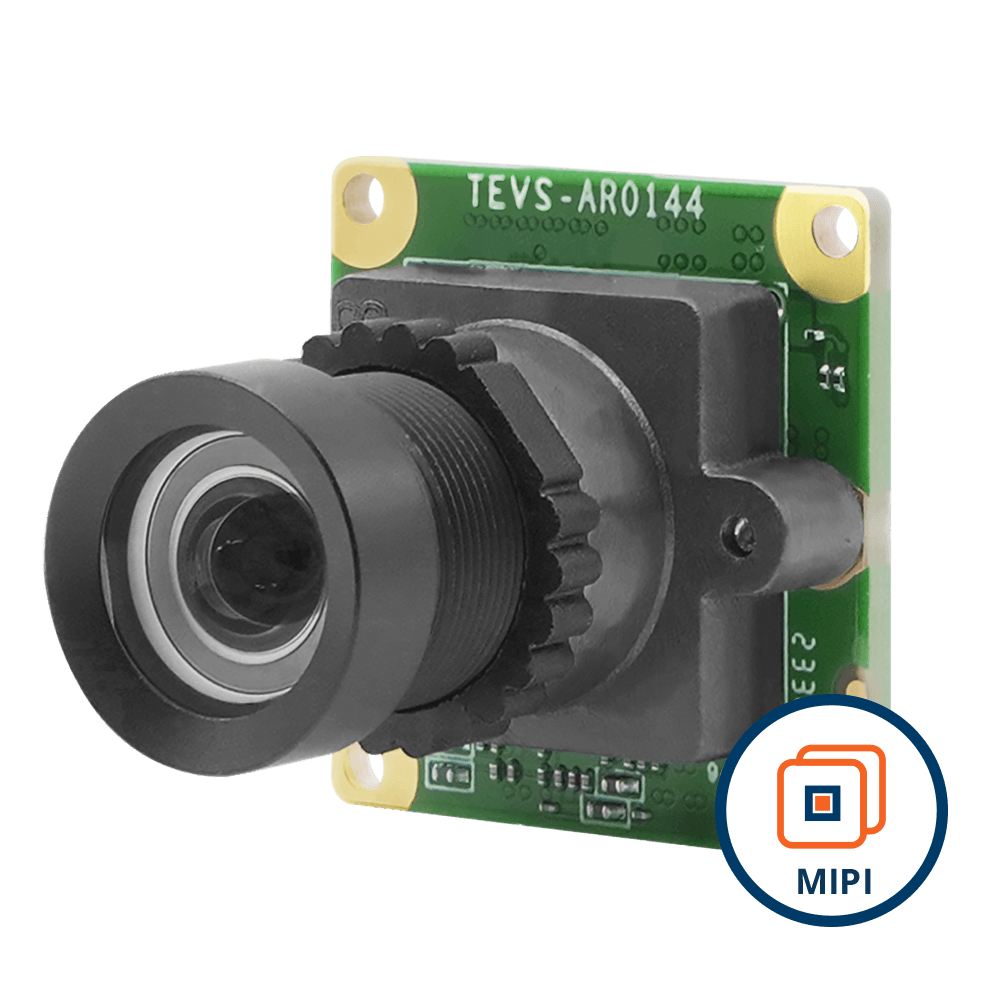The fourth industrial revolution, or Industry 4.0, has welcomed a new era of automation and digitalization in manufacturing and other industries. As machines become smarter and more connected, the need for reliable and efficient camera-enabled inspection technologies has never been greater. This is where embedded vision comes in.
Embedded vision is rapidly gaining traction in the field of industrial inspection. Embedded vision refers to the use of cameras and other imaging technologies in embedded systems with on-device processing, such as industrial machines and robots. These systems can capture and process images in real time, allowing for faster and more accurate inspection of products, components, and processes.
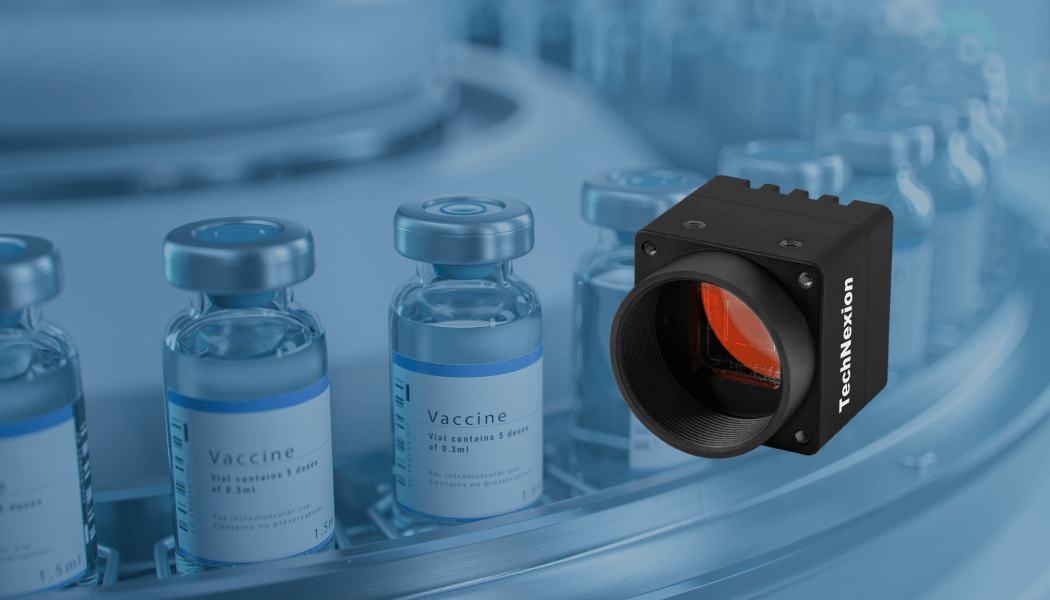
With the help of embedded vision, machines and robots can detect defects and anomalies in products and materials, monitor production lines for quality control, and even perform predictive maintenance to prevent breakdowns and downtime. This not only saves time and money but also improves overall efficiency and safety in the workplace. The adoption of embedded vision in industrial inspection is a natural progression of the Industry 4.0 revolution, as manufacturers seek to maximize efficiency and quality control while minimizing costs and downtime. As embedded vision technologies continue to advance, we can expect to see even more innovative applications in the years to come.
What is Industrial Inspection?
Industrial inspection refers to the process of examining and evaluating products, materials, and equipment in order to ensure their safety, quality, and compliance with industry standards and regulations. It is an essential part of quality control and safety in a wide range of industries, including manufacturing, aerospace, automotive, and construction. What was once done manually has become a truly automated process with the help of camera technology, AI (Artificial Intelligence), IoT (Internet of Things), and advanced processing systems.
There are several types of industrial inspection, each with its own purpose and techniques. Here are some examples of each type and their real-time applications:
Pre-production Inspection
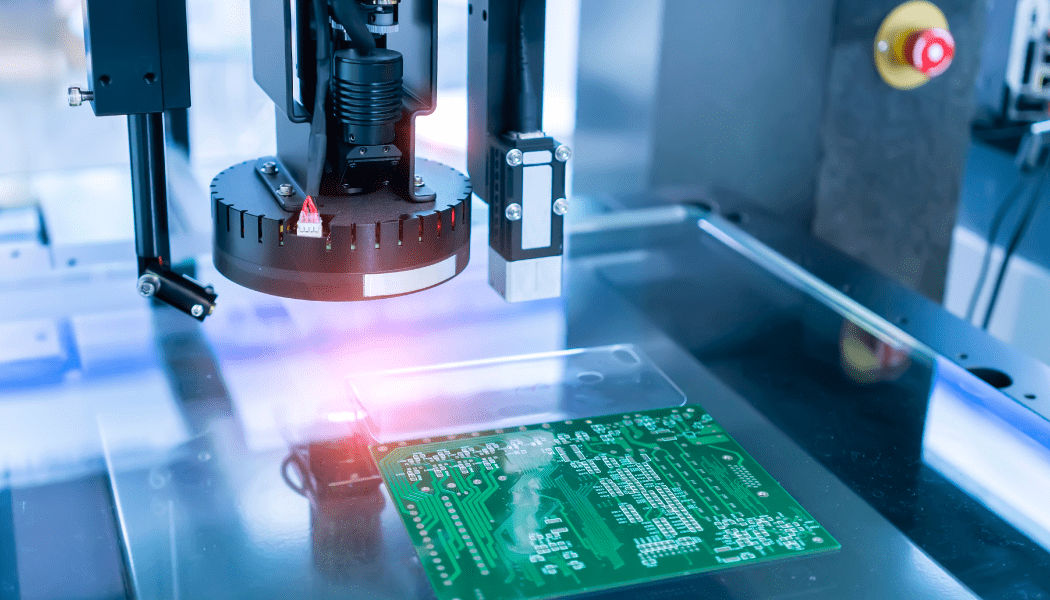
Pre-production inspection is a type of industrial inspection that is carried out before the production process begins. The purpose is to ensure that all materials, components, and equipment are in compliance with the required specifications and quality standards, and that they are ready for use in the production process. This is a critical step in ensuring the quality of the final product and minimizing the risk of defects or other issues during production.
Pre-production inspection typically involves a thorough examination of all materials, components, and equipment to ensure that they are in good condition and meet the required specifications. This may include checking for defects, measuring dimensions, and testing performance. Inspectors may use a range of tools and equipment, including inspection cameras, to assist with the inspection process.
One of the most common types of cameras used in pre-production inspection are global shutter cameras. They are perfect for inspecting moving objects, say on an assembly line or conveyor belt, since they can produce outputs without any distortion or artefacts. For example, VLS-FPD3-AR0144-CB, an ARO144-based global shutter camera from TechNexion is ideally suited for pre-production inspection.
In-process Inspection
In-process inspection involves inspecting the product at various stages of the production process. This can include checking dimensions, testing performance, and identifying defects or other issues. In-process inspection is important because it allows manufacturers to identify and correct issues early in the production process, before they become more serious or difficult to correct. This type of inspection is used in industries such as electronics, where quality control is critical in ensuring that components and products are functioning correctly.
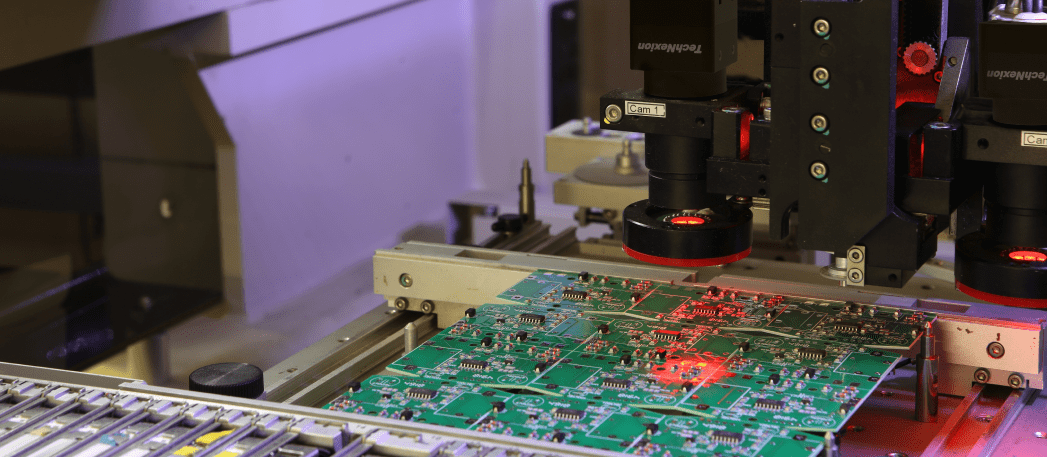
Final Inspection
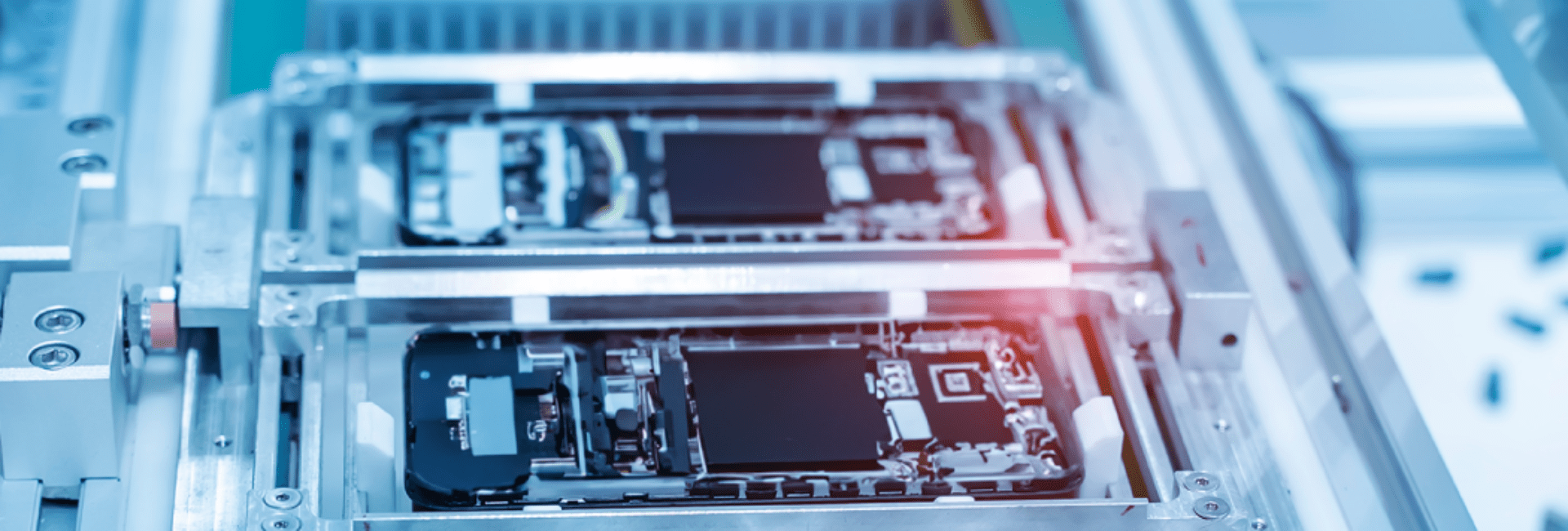
Final inspection takes place after the manufacturing or production process is complete. It verifies that the final product meets all the required standards and specifications and is safe and ready for use. This involves a thorough examination of the final product to ensure that it meets the required specifications and quality standards. The final inspection typically includes a range of tests and measurements, as well as a visual inspection to identify any defects or other issues.
What is an Industrial Inspection Camera?
An industrial inspection camera is a crucial tool, allowing professionals to see what’s hidden from the naked eye and make informed decisions to prevent costly downtime and repairs. It is used to inspect and evaluate equipment, products, and structures in various industries, including manufacturing, construction, mining, and more. It is an essential tool for quality control, safety, and maintenance, allowing inspectors to identify defects, flaws, and other issues that could impact performance or safety.
These cameras come in various shapes and sizes, from handheld devices to complex systems mounted on robots or drones. They can capture high-resolution images and videos of hard-to-reach areas, such as pipes, engines, and turbines. With the help of advanced features like high resolution, high frame rate, near infrared sensitivity, global shutter exposure, low light performance, zoom, and depth measurement, inspectors can detect defects, corrosion, leaks, and other anomalies that can compromise the safety and efficiency of machines and structures.
There are two main types of industrial inspection cameras:
Machine Vision Cameras
Machine vision cameras are typically used for high-speed and automated inspections, such as those in manufacturing plants, where multiple cameras are used to capture images of products and components moving along a production line.
These cameras are designed to be rugged and durable, capable of operating in harsh environments, and withstanding the vibration and shock of industrial machinery. Because of the amount of image and video data to be handled, machine vision systems rely on cloud-based processing or large on-premise processing units. This often leads to having bulky systems that consume a lot of space and energy, which in turn leads to higher capital and operational expenditure.
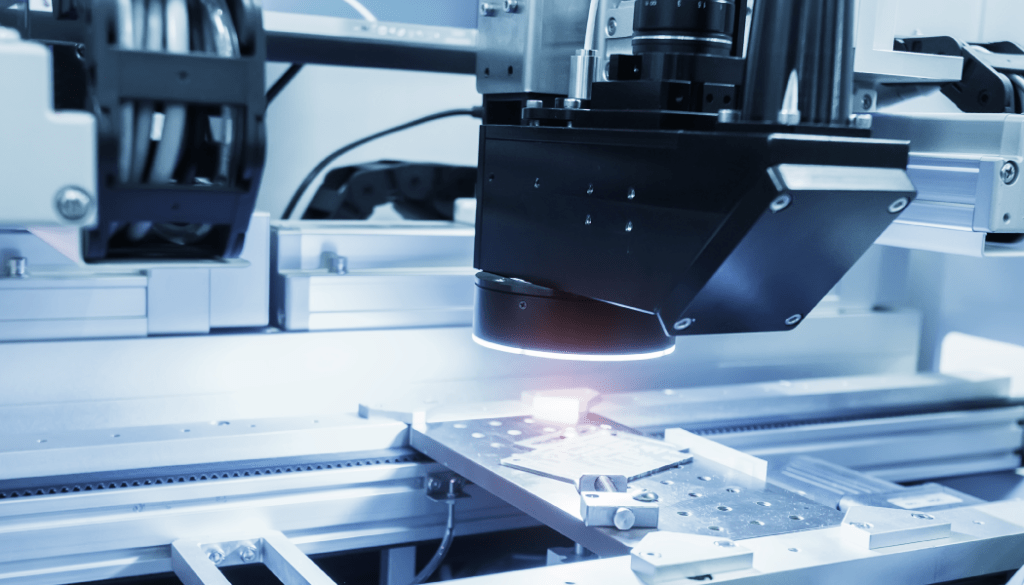
Embedded Vision Cameras
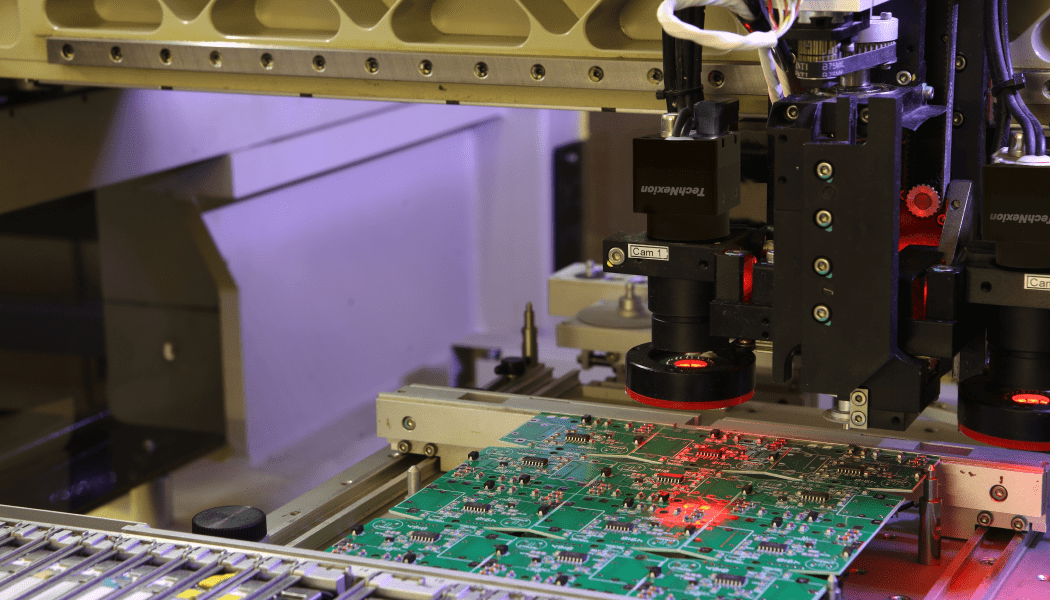
Embedded vision cameras, on the other hand, are more versatile and flexible. They are designed to be integrated into a range of devices and equipment, including robots, drones, and autonomous vehicles. Embedded vision cameras are becoming increasingly popular in industrial inspection due to their ability to capture high-quality images and videos in real time and in a wide range of lighting conditions. Earlier, embedded vision cameras had limitations when it comes to quality due to the limited processing power of the host platforms available. With today’s ARM-based processors like NVIDIA Jetson AGX Orin offering an AI performance of upto 275 TOPS, embedded cameras have improved significantly in their ability to achieve higher resolution and frame rates.
One of the main reasons why many industries are moving towards embedded vision cameras is their ability to process images and data on-device, without the need for external processing. This allows for faster real-time decision making where the AI/ML algorithm processes the image data by leveraging the capacity of the on-device processor. This also makes it possible to maintain a smaller form factor – offering efficiency and cost advantages
Industrial inspection cameras are an essential tool for ensuring the safety, quality, and compliance of products and equipment in various industries. While both machine vision and embedded vision cameras are used in industrial inspection, many industries are shifting towards embedded vision due to their versatility, real-time processing capabilities, and flexibility. As technology continues to evolve, we can expect to see further advancements in industrial inspection cameras and their applications in various industries.
Advantages of Industrial Inspection Cameras
Industrial inspection cameras offer several advantages for a wide range of applications, including:
1. Improved quality control: Industrial inspection cameras enable manufacturers to detect defects and quality issues during the production process, helping to ensure that products meet the required quality standards.
2. Increased efficiency: With the ability to capture and analyze images in real-time, industrial inspection cameras can significantly reduce the time and effort required for inspection and quality control processes. This can lead to increased efficiency and productivity in manufacturing and other industrial settings.
3. Reduced costs: By detecting defects and other issues early in the production process, industrial inspection cameras can help to reduce waste and minimize the need for rework. This can lead to significant cost savings for manufacturers.
4. Improved safety: In applications such as inspecting tanks or boilers, industrial inspection cameras can be used to detect potential safety hazards before they become a risk to workers or the environment.
5. Remote inspection: With the ability to transmit images and data wirelessly, industrial inspection cameras can be used for remote inspection of hard-to-reach areas or dangerous environments. This also enables 24×7 monitoring without any human intervention.
6. Flexibility: Industrial inspection cameras are available in a variety of sizes, shapes, and configurations, making them suitable for a wide range of applications and environments
TechNexion: Changing the Way Industrial Inspection is Done
Embedded vision solutions are becoming increasingly popular in various industries due to their ability to capture high-quality images and videos in real-time and in a wide range of lighting conditions. However, developing an embedded vision system from scratch can be a complex and time-consuming process.
TechNexion, a leading provider of embedded computing solutions, offers a range of embedded vision solutions including camera modules and system on modules. These solutions provide developers with high-performance, industrial-grade camera solutions to accelerate their time to market for embedded vision projects.
TechNexion’s embedded vision solutions offer a range of benefits for developers, including:
1.High-performance cameras: TechNexion’s embedded vision solutions include a range of high-performance cameras that are designed to meet the demands of industrial-grade applications.
These cameras come with features such as IP68 enclosures, high NIR sensitivity, high resolution, global shutter, and more.

Time to Market
2. Accelerated time to market: By providing pre-built, industrial-grade camera solutions, TechNexion allows developers to focus on the core aspects of their project, rather than spending time developing and testing camera solutions from scratch.
This can significantly accelerate the time to market for embedded vision projects.
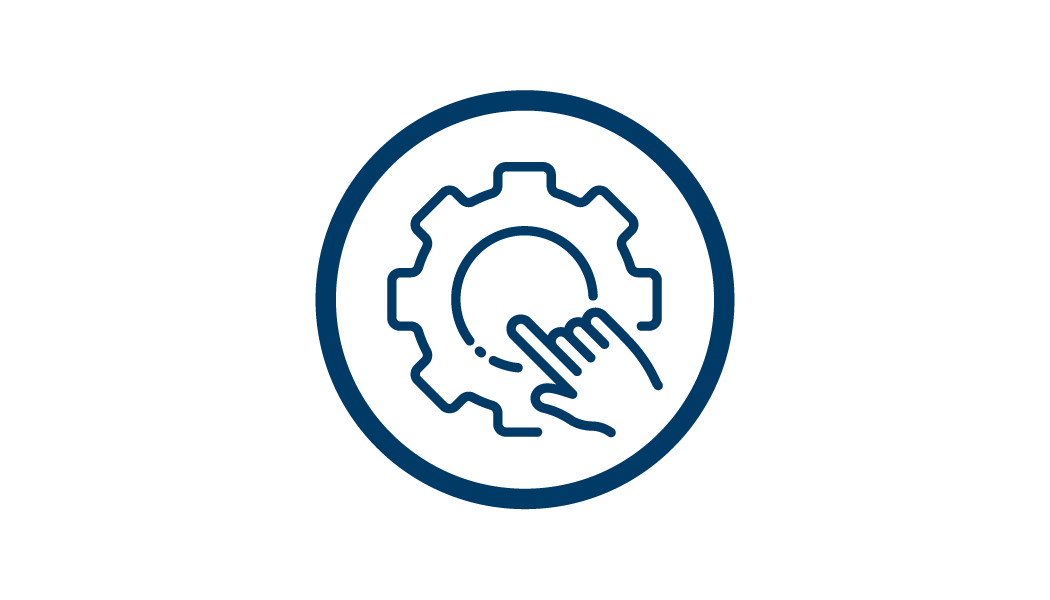
Customized Design
3. Customizable solutions: TechNexion’s embedded vision solutions can be customized to meet the specific requirements of a project, including frame rate, interface, and choice of lens.
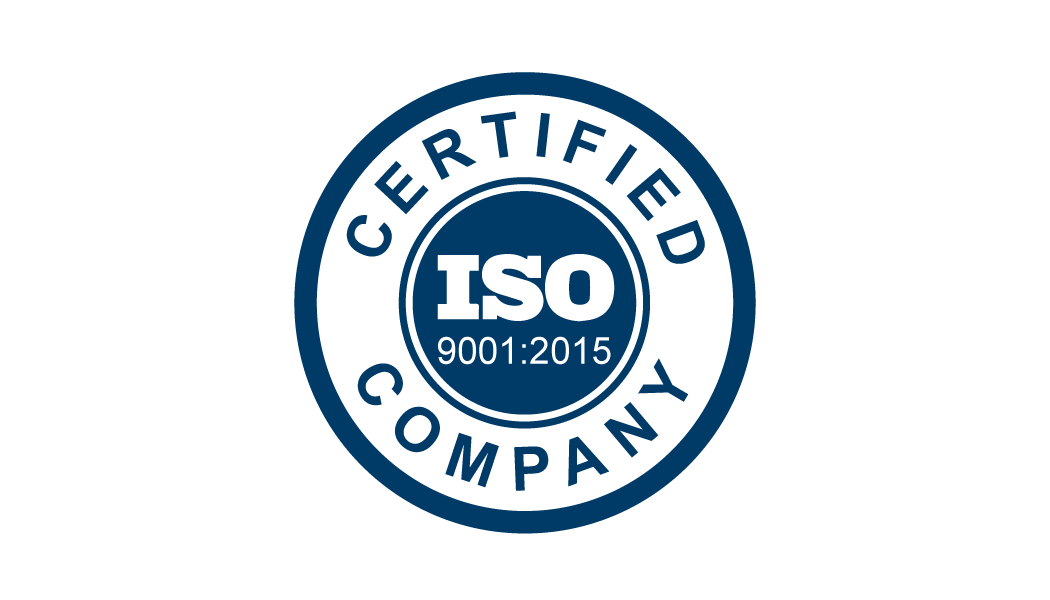
ISO-9001
4. State-of-the-art manufacturing: TechNexion’s products are manufactured in an in-house manufacturing facility that leverages the Package on Package (PoP) technology, making it possible to manufacture our products with a smaller footprint. We also adhere to all the necessary quality standards.
The fact that our facilities are ISO-9001 and ISO-14001 certified validates this.
TechNexion provides high-performance embedded camera solutions that can significantly accelerate the time to market for embedded vision projects.
Related Products
Get a Quote
Fill out the details below and one of our representatives will contact you shortly.

